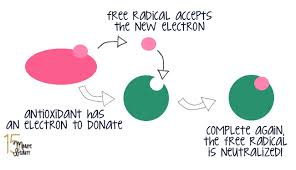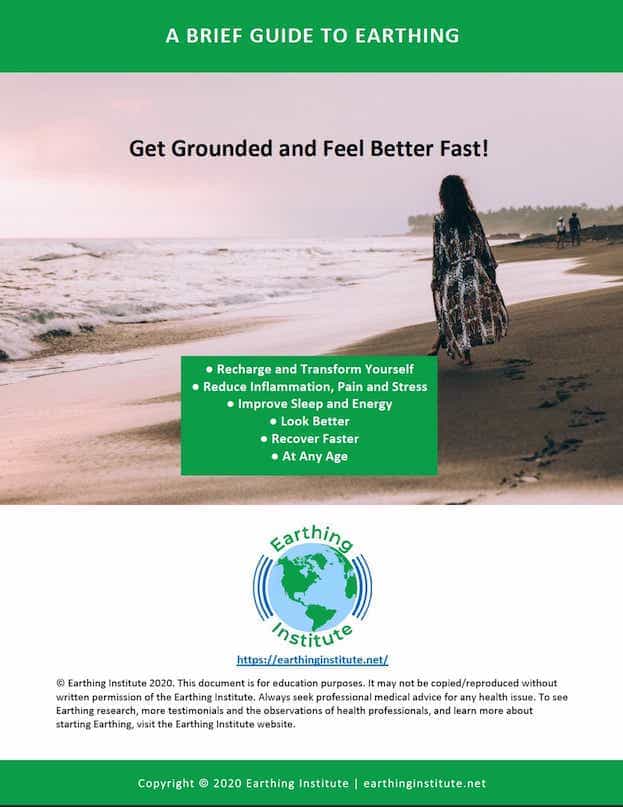
Ross Dean of Fairfield, Iowa, has asked about “good free radicals” that participate in protective body functions vs. “bad” free radicals involved in chronic inflammation.
“If the free electrons that enter the body through grounding neutralize free radicals, how do they discriminate between the good free radicals and the bad?” he wanted to know. “Aren’t the good free radicals also desiring to bond with the free electrons that come in through grounding?”
For a precise answer, we went to our electron expert, biophysicist James Oschman, Ph.D. Here is his answer:
Free radicals or reactive oxygen species (ROS) are essential to life. The “good” free radicals attack bacteria or other pathogens crossing the skin barrier when you have a cut or other injury. They also break down injured cells. These actions are essential to protect the body from infection and to make space for regenerative cells that will repair an injury. The benign ROS are delivered by white blood cells directly to a site of inflammation. They are not readily neutralized by electrons from the earth because they are delivered to a precise location at a very high concentration, and their electron-grabbing activity is precisely focused on damaged cells and pathogens that may have crossed the skin.
In an ungrounded body, free radicals leaking from a site of injury will damage surrounding tissues, which can coagulate into an “inflammatory barricade.” A local pocket of inflammation is then created that can endure and leak damaging toxins into the system. This is one example of how free radicals become “dangerous.” We believe the healthy connective tissue matrix of a grounded person will have abundant electrons to neutralize those leaking free radicals and thereby prevent “collateral damage” to healthy tissues.
Other dangerous ROS are produced during normal metabolism and breathing. You can prevent them from forming if you stop eating and stop breathing—obviously not recommended. The leading theory of aging (the free radical theory) is that aging results from the cumulative damage caused by free radicals that come from oxygen in the tissues, from normal metabolism and from environmental toxins. These free radicals are thought to cause aging in three ways:
1) by damaging DNA, leading to mutations and cancer;
2) damaging mitochondria, the energy-producing structures inside cells;
3) by cross-linking proteins, which compromises the functioning of enzymes and also causes wrinkling of the skin.
We believe that all of these mechanisms of age-related free radical damage are slowed significantly by grounding, and that in the grounded body the healthy connective tissue matrix will be populated with enough electrons to neutralize free radicals wherever they form from whatever cause. There is a beneficial feedback effect: the grounded body will not form inflammatory pockets around sites of injury. Injuries will heal quickly. And the connective tissue in the body that is free of inflammatory pockets will be more conductive to electrons (inflammatory barricades are poorly conductive) and therefore will be better able to neutralize free radicals quickly wherever they form from whatever cause.

